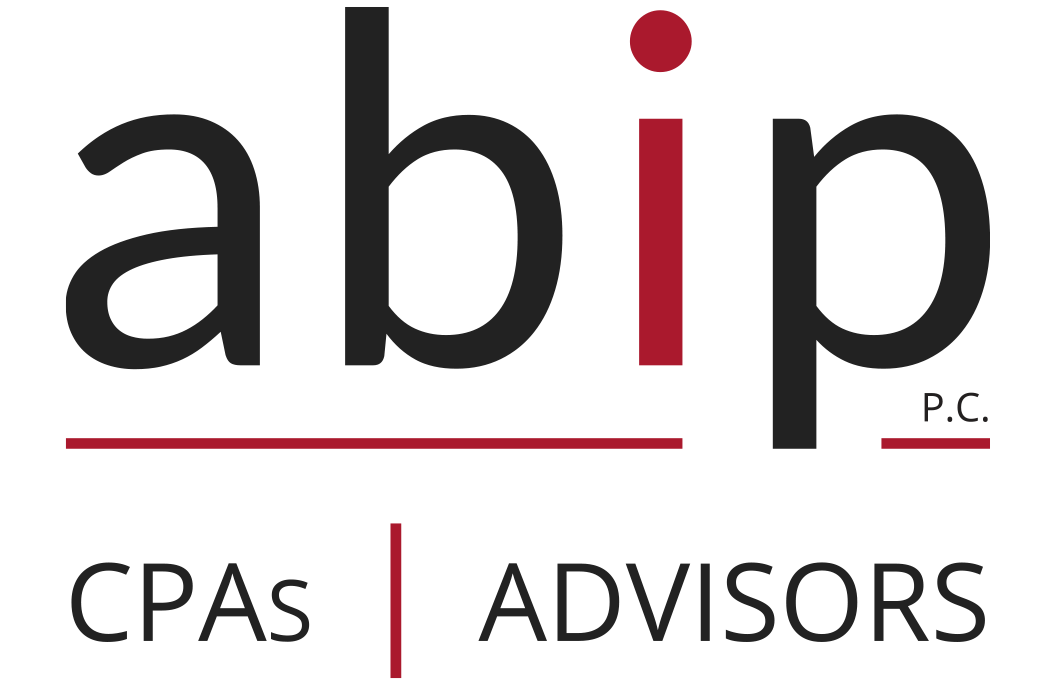 Businesses frequently require transparency in a number of different fashions. One of the most common ways for a business to provide information about the financial dealings of the company is through overview accounting reports. In some instances, providing a thorough and accurate description of expenditures is necessary (especially if you want to comply with federal law). Indeed, fraudulent financial reporting typically accounts for one-tenth of all white collar crime. It’s important to get the facts straight and provide an accurate assessment and overview for investors, shareholders, and even employees. Below, you’ll find a few steps for creating a quality overview accounting report.
Businesses frequently require transparency in a number of different fashions. One of the most common ways for a business to provide information about the financial dealings of the company is through overview accounting reports. In some instances, providing a thorough and accurate description of expenditures is necessary (especially if you want to comply with federal law). Indeed, fraudulent financial reporting typically accounts for one-tenth of all white collar crime. It’s important to get the facts straight and provide an accurate assessment and overview for investors, shareholders, and even employees. Below, you’ll find a few steps for creating a quality overview accounting report.
Step 1: Know Your Audience
Before you prepare any content or compile data, you’ll need to understand who the report is for. In many cases, the report is a necessity that you are giving to investors and shareholders. Federal law and the Generally Accepted Accounting Principles (GAAP) dictate that businesses have to foreclose all of their financial dealings with their shareholders and investors. Thus, a report that is geared toward that demographic would likely differ from a report aimed strictly at employees. You may not want to divulge too many financial details to the folks who work for you.
Step 2: Compile Data
Accounting reports need to have a nice helping of data in many situations. Examples of data that work well for accounting reports include:
- Month-by-month expenditures and income
- Percent of sales increase or decrease
- Income tax disclosures
- Financial milestones

Finding this data and synthesizing for a report won’t be easy. Obviously, a meeting with your CFO will certainly help the process along. This data is the basis for the entire accounting report, and it’s a good way to determine the overall tone of the report, as well.
Step 3: Write an Executive Summary
Although you may want to start writing the actual report, an executive summary is important to get out of the way. These summaries essentially greet, thank, and inform investors, shareholders, and employees in a relatively brief fashion. This is typically written by the CEO or chief executive and is usually around 1 to 2 paragraphs in length.
Step 4: Write the Report
The report itself should be a fact-filled document with charts, graphs, and other information to make reading it and understanding it easier. For instance, a pie chart could be used to indicate the amount of sales from retail versus the amount of sales from online sources. It is important to be thorough and provide actual facts while writing the report. Don’t say something like, “The company’s profit margins increased over the last year.” Instead, you should use the data you compiled and give an accurate percentage of the increase while explaining the reasons for the increase. If there isn’t room in the document to indicate actual percentages, then you will need to use an appendix. An appendix essentially compiles any information or statistical data that wasn’t necessary for understanding the report, but could help confirm a point.
Step 5: Summarize and Conclude
 The conclusion of the report should be both a summary and an analysis of the data presented. It should also have a concrete set of future objectives for the company to meet in the following year. The conclusion can include projections for how to improve the financial background of the company. It is also important to be frank about upcoming challenges, such as an increase in the cost of raw materials or pressure from competition.
The conclusion of the report should be both a summary and an analysis of the data presented. It should also have a concrete set of future objectives for the company to meet in the following year. The conclusion can include projections for how to improve the financial background of the company. It is also important to be frank about upcoming challenges, such as an increase in the cost of raw materials or pressure from competition.
Contact ABIP today if you need more details on how to create an overview accounting report.





